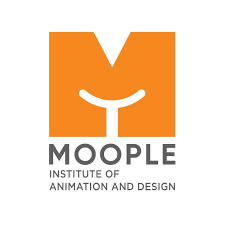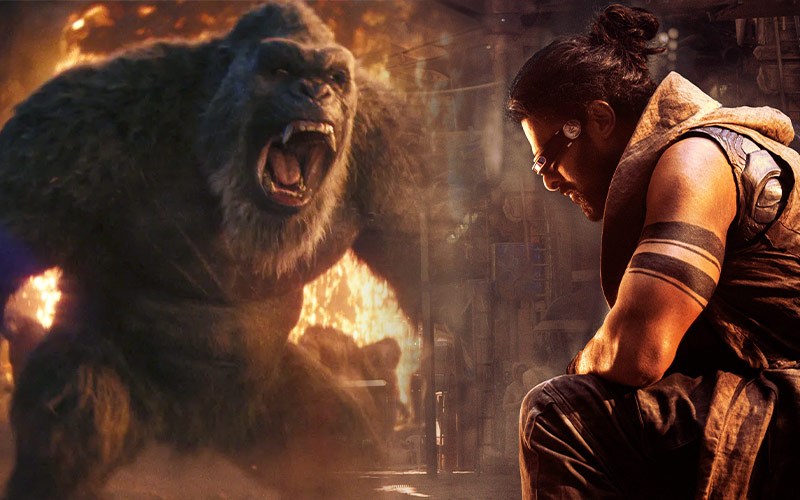Monster movies have fascinated audiences for decades, combining the thrill of the unknown with the magic of visual effects (VFX). From early classics like “King Kong” to modern spectacles like “Kalki 2898 AD,” the evolution of VFX has transformed how these creatures are brought to life on screen. This journey through time highlights the milestones in VFX courses in India and abroad that have shaped the monster movie genre.
The Dawn of Monster Movies: Early Innovations
King Kong (1933)
The original “King Kong” set a benchmark for visual effects in its time. Directed by Merian C. Cooper and Ernest B. Schoedsack, the film utilized stop-motion animation, miniatures, and matte paintings to create the towering ape and the prehistoric creatures of Skull Island. Willis O’Brien, the film’s chief animator, painstakingly moved Kong frame by frame to create the illusion of life. This film demonstrated the power of visual effects to craft believable fantasy worlds and creatures.
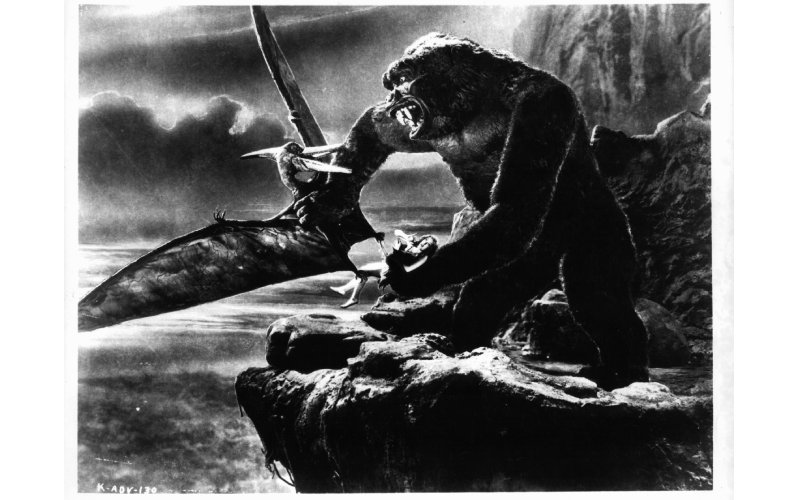
The Rise of Practical Effects
Godzilla (1954)
Japan’s entry into the monster movie genre came with “Godzilla,” directed by Ishirō Honda. Unlike “King Kong,” Godzilla was brought to life using a technique called suitmation, where an actor wore a rubber suit and stomped through miniature sets. This method, while less sophisticated than stop-motion, allowed for more dynamic and realistic interactions with the environment.
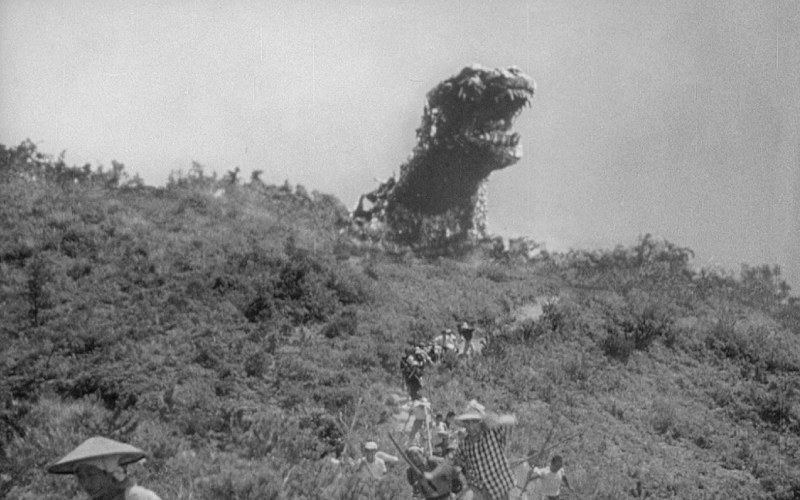
The Digital Revolution
Jurassic Park (1993)
Steven Spielberg’s “Jurassic Park” marked a significant leap in VFX, blending animatronics with cutting-edge computer-generated imagery (CGI). The film’s visual effects were created by Industrial Light & Magic (ILM), showcasing realistic dinosaurs that interacted seamlessly with the human actors. This movie demonstrated the potential of CGI to bring larger-than-life creatures to the big screen with unprecedented realism.
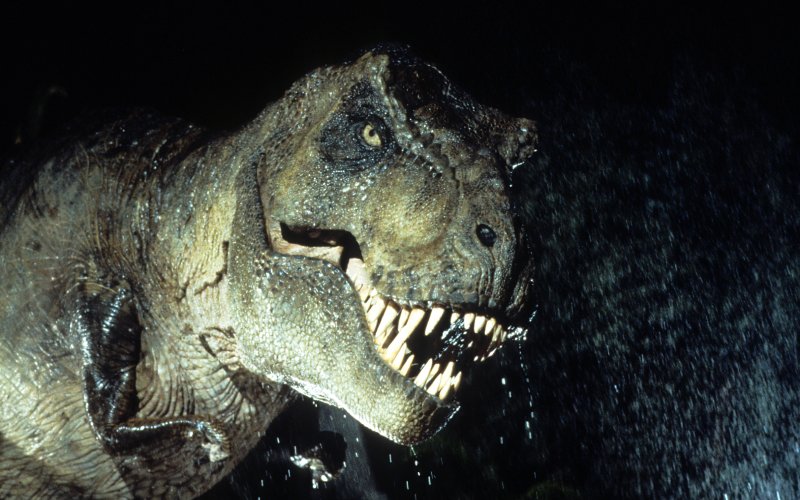
Modern Mastery
King Kong (2005)
Peter Jackson’s remake of “King Kong” pushed the boundaries of what CGI could achieve. Andy Serkis provided the motion capture performance for Kong, bringing a level of emotional depth and realism to the character. Weta Digital, the studio behind the effects, utilized advanced motion capture and detailed CGI to create a more lifelike and expressive Kong, setting new standards for character animation in monster movies. This film motivated a lot of people to learn VFX in Kolkata.
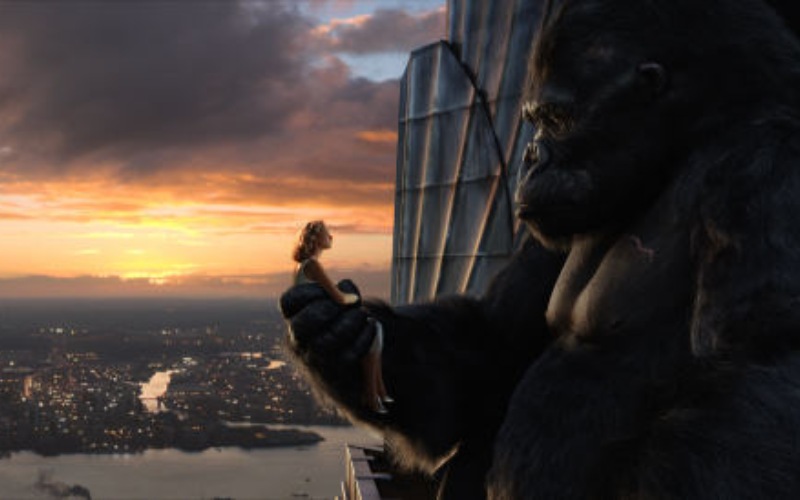
The Fusion of Mythology and Sci-Fi
Kalki 2898 AD (2024)
The film “Kalki 2898 AD” represents the latest evolution in VFX for monster movies, combining elements of Indian mythology with futuristic sci-fi. Directed by Nag Ashwin and starring Prabhas, Deepika Padukone, and Amitabh Bachchan, the film employs state-of-the-art VFX to create its fantastical creatures and environments. The blend of practical effects, CGI, and motion capture techniques ensures a visually stunning experience, pushing the envelope of what is possible in monster films.
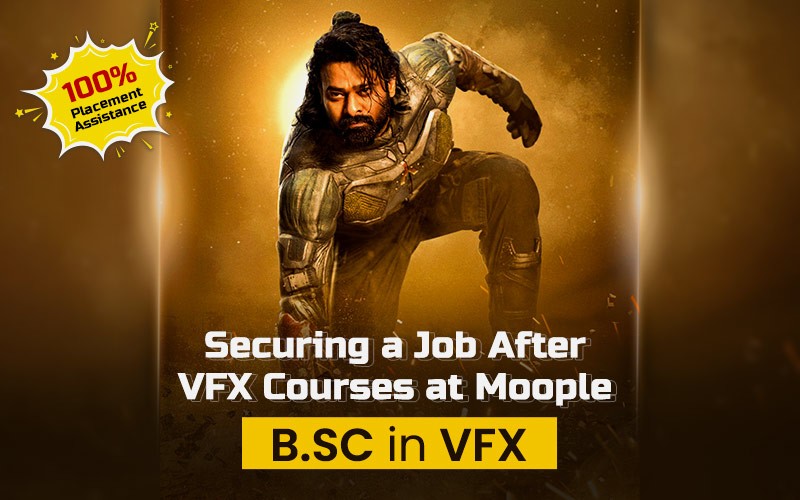
Techniques and Technologies
1. Stop-Motion Animation
- Used in early films like “King Kong” (1933).
- Involves photographing miniature models one frame at a time. You can join a visual effects institute to learn it professionally.
2. Suitmation
- Popularized by “Godzilla” (1954).
- Actors wear costumes to portray giant monsters.
3. Animatronics
- Utilized in “Jurassic Park” (1993).
- Combines robotic technology with puppetry to create lifelike creatures.
4. CGI and Motion Capture
- Revolutionized by “Jurassic Park” and refined in “King Kong” (2005).
- Uses digital animation and motion capture technology for realistic movement and expressions.
5. Hybrid Techniques
- Seen in “Kalki 2898 AD” (2024).
- Integrates practical effects, CGI, and motion capture for a seamless visual experience.
Conclusion
The evolution of visual effects in monster movies reflects the advancements in technology and artistry over the decades. From the stop-motion marvel of “King Kong” to the CGI spectacle of “Kalki 2898 AD,” VFX continues to push the boundaries of storytelling and visual wonder. As technology evolves, so too will the monsters that captivate our imaginations, ensuring that the genre remains as thrilling and awe-inspiring as ever.
